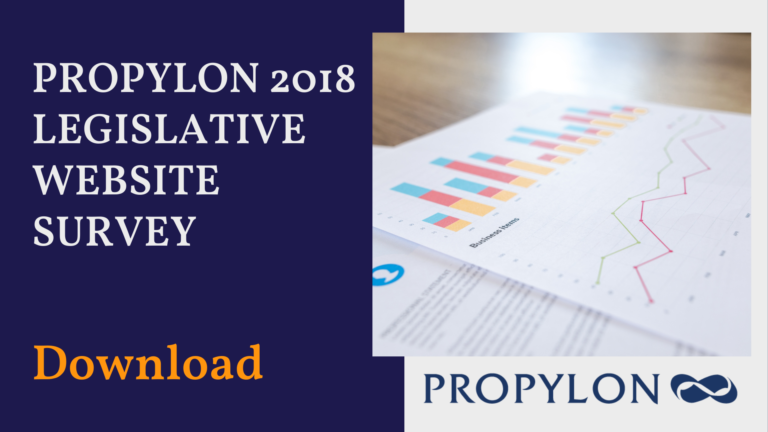Accessibility to all
By making information readily available and accessible to everyone, the internet has been a game-changer for transforming the ease at which the public can become involved in legislative matters.
In the past, before legislatures and governments had websites, it was much more difficult for citizens to get the information they wanted or see the processes involved in bringing a law into effect, which resulted in people feeling distanced from the legislative process.
To fully engage and inform the public, it’s crucial to have a website that connects the entire legislative landscape. With that in mind, it should be a priority to ensure that your legislative website serves its users well.
To fully engage and inform the public, it’s crucial to have a website that connects the entire legislative landscape.
What's important when it comes to legislative websites?
The overarching focus of a legislative website must be on how well – and easily – it facilitates civic engagement with the legislature and promotes openness and transparency within the legislative process. Here are the top five considerations when it comes to creating a good legislative website.
1. Design
2. Content
What is important with regards to content is the layers of value a state can add to its content.
3. Features and functionality
What a legislative website offers in terms of user-focused features and functionality is important in meeting user needs and in encouraging citizens to engage with the legislative process. If something is difficult and cumbersome, it can alienate users.
However, certain features can have the opposite effect. For example, does the website offer the ability to create an account and personalize your use of the website by following measures, member activity, and committee meetings? Is video and audio content well integrated? How well-linked is the content? And what additional features, as opposed to just streaming sessions live, are on offer?
4. Technology
5. Transparency
Now, more than ever, as the digital landscape evolves, it is crucial that transparency remains a key component of any legislative website. In essence, a good legislative website needs to make it easy for a constituent to engage with the legislature online – the concept of a virtual statehouse. How does a website do this well? By addressing the following key questions: how easy is the video to access, how easy is it to connect with your representative, how easy is it to view amendments and voting records, and how easy is it to navigate and use the website?
In essence, a good legislative website needs to make it easy for a constituent to engage with the legislature online – the concept of a virtual statehouse.


